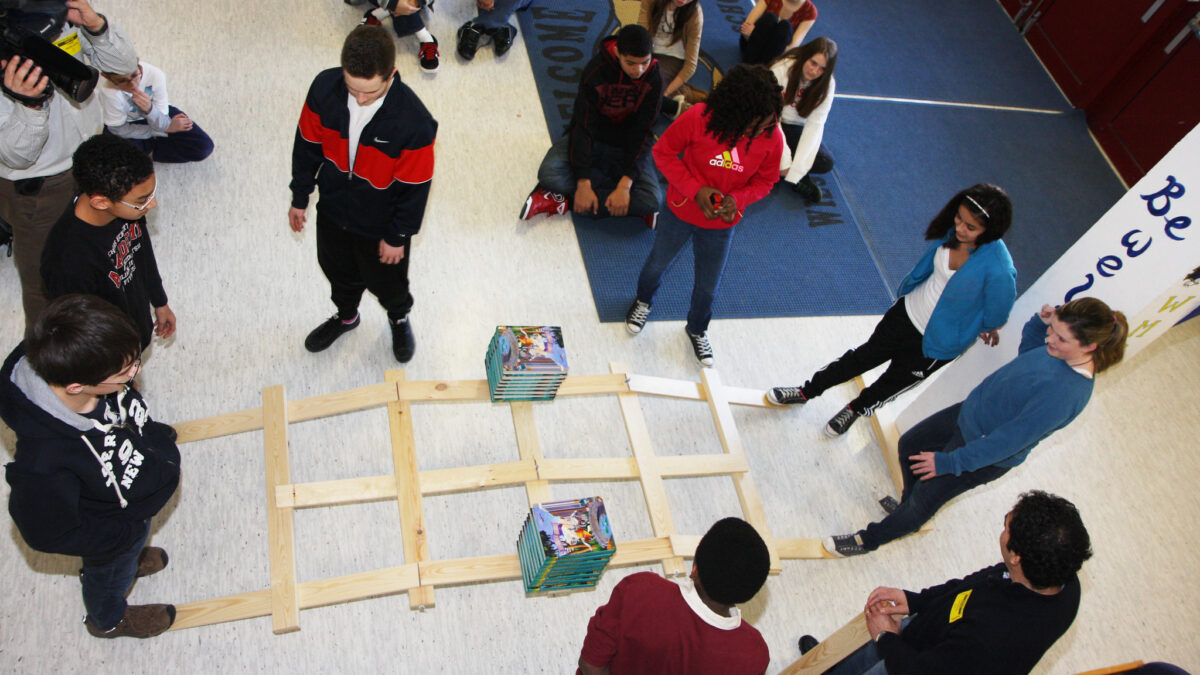
Critical race theory training has hit Southlake, Texas. As Joy Pullmann reports, the officials of Carroll Independent School District implemented critical race theory training innocuously labeled “cultural competence” after a couple of videos surfaced that showed high schoolers using the n-word as they sang rap songs.
These videos and a few other incidents were allegedly evidence of deep-seated racism in Southlake, and thus necessitated critical race theory training for the district’s employees. When parents learned of this, they took legal action and publicly challenged the school board’s policy.
This story is instructive for a few reasons. First and foremost, it shows the public what critical race theory training actually looks like. In this case, critical race theory asserts that society is racist, whiteness is a problem, and that all unequal outcomes between different racial groups are proof of racism. To address this, employees are asked to denounce their whiteness, pledge their support of antiracist organizations, and work to equalize outcomes by penalizing privileged groups and rewarding victimized groups.
One can easily imagine how this kind of thinking can easily corrupt any organization. On an intellectual level, it is divisive, illogical, and unfair. On a practical level, it only worsens the problem it intends to solve. A school district that adopts critical race theory training and antiracist policies in the hopes of improving the academic performance of racial minorities only enables the behaviors and attitudes that create academic disparities in the first place.
Second, the story of critical race theory in Southlake shows that this type of thing can happen anywhere — even in a ritzy suburb in the heart of Dallas-Fort Worth. Unlike the people in the far-left suburbs of Illinois or California, people in Southlake lean conservative.
This fact is probably why the president and vice-president of the Carroll Independent School District school board likely broke the law by deciding by adopting critical race theory without public discussion. Few parents and employees would have approved of it and would loudly protest it if they knew — which is exactly what happened when they finally found out.
The third, and most important, lesson to take from this story is how much parents’ voices matter for public school policy. It was angry parents who first pushed the critical race theory in Southlake, and it is angry parents who are stopping it.
While it’s true that public schools have a monopoly that discourages its leaders from making needed reforms, it’s also true that these same people will respond to parents who raise a fuss. In most cases, whoever raises the most fuss will get their way in the end.
The fight against critical race theory in Southlake illustrates how this works. Because it was a district policy, parents made their complaints at the district level. When this happens, the school board has to respond. Knowing this, the president and vice-president of the school board try to bypass this discussion altogether and not hear complaints. Although they have the power to overrule objections, they also recognize that this looks bad and that compromise or concession is nearly always a better option.
This same strategy of pushing back against bad district policies can be done in other areas as well. If a district is imposing questionable COVID-19 regulations, spending millions of dollars on iPads, changing graduation requirements, loosening the grading policy, adopting gimmicks to address an issue, watering down or politicizing curriculum, or a host of other actions, parents should show up and make their voices heard at school board meetings and other public events.
They should also do this at the campus and classroom levels. Even if a district issues guidelines on what’s acceptable, this doesn’t always mean a school principal or a classroom teacher will follow it. Principals have their own style of leadership and may make decisions that parents dislike. In most places, principals will have to offer a forum (“Coffee with the Principal”) for parents to learn about what’s happening and offer feedback. Unfortunately, parents rarely take advantage of these opportunities.
Before going to the school board or principal, however, parents should start with their children’s teachers, who make the greatest impact and vary widely in their approach to instruction. Some teachers use their classroom as a platform for indoctrination, and others hardly teach anything.
Even though this latter group can do more harm to their students than the activist, parents rarely call them out. If anything, more of them will complain about the teacher who is too strict or rigorous and demand to have a meeting about it.
Whatever the problem may be, parents should contact these teachers and let them know how they feel. Otherwise, they will simply continue doing what they’re doing.
Finally, in all this, parents should also remember not to limit themselves to negative feedback. It’s just as important to celebrate the good things happening at their school and support those teachers who are working miracles with their students.
Speaking from experience, there’s nothing like receiving a kind word from a student or parent. I am quite grateful, but I always make a point of asking them to tell this to my principal and superintendent. They need to know.
Some parents fear speaking out because they think they will be called an ignorant bigot by someone. While this might be true (usually it’s not), it really doesn’t matter. Regardless of their personal beliefs, school officials at all levels still have to listen and work out a solution. No one wants to have an angry parent on their hands.
Furthermore, it’s far better for a parent to endure being called an ignorant bigot than to sit back and watch his children become ignorant bigots because of poor education. This is, after all, why conservatives oppose agendas like critical race theory in the first place.
Even though folks like Hillary Clinton have appropriated the idea that “it takes a village to raise a child,” it’s nevertheless true in the context of education. Whether they know it or not, parents are key players (often known as “stakeholders” in the education world) who have a say in what happens in the classroom. More often than not, their voice will make the difference between a mediocre school that has gone woke and a school where people at least try to teach the kids without a distorted agenda.









